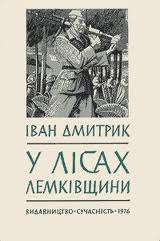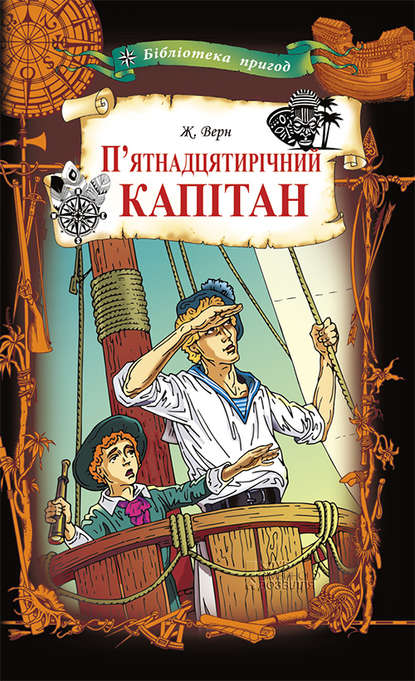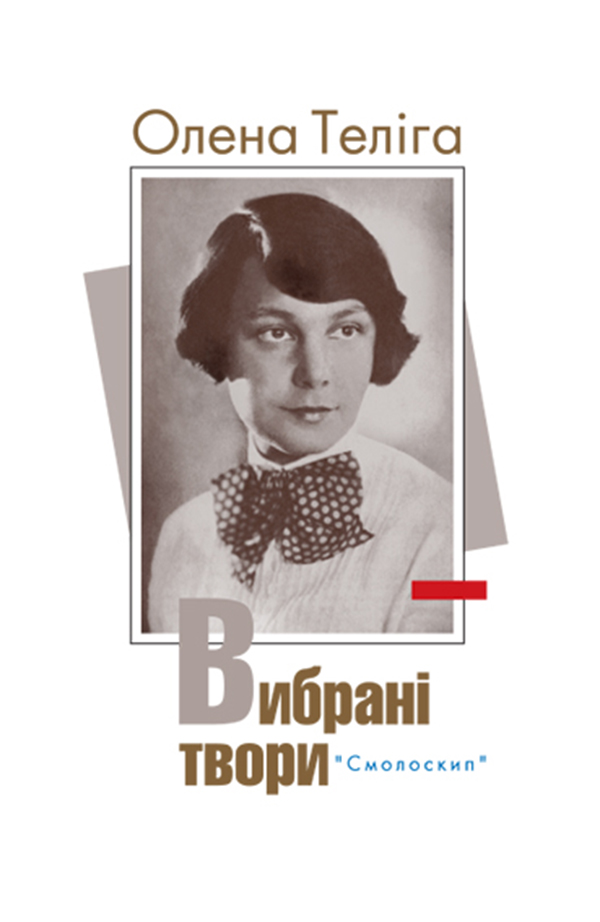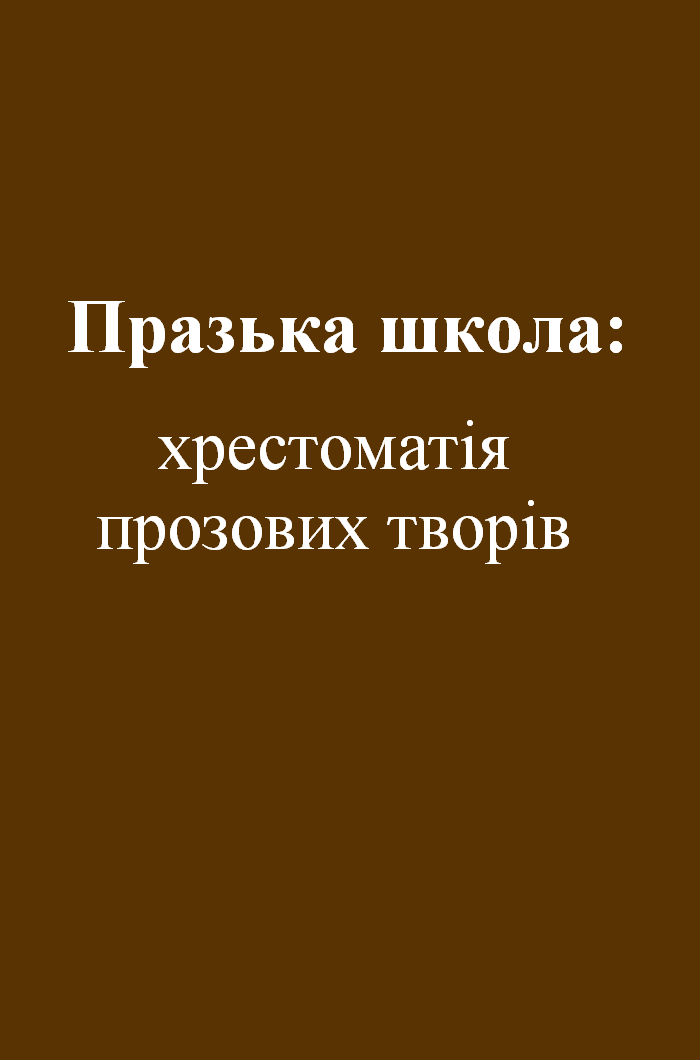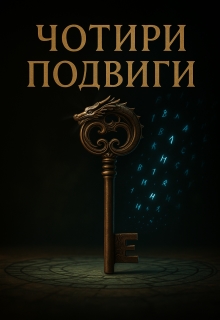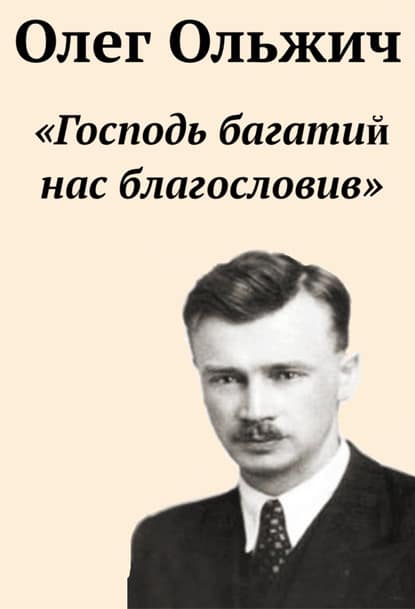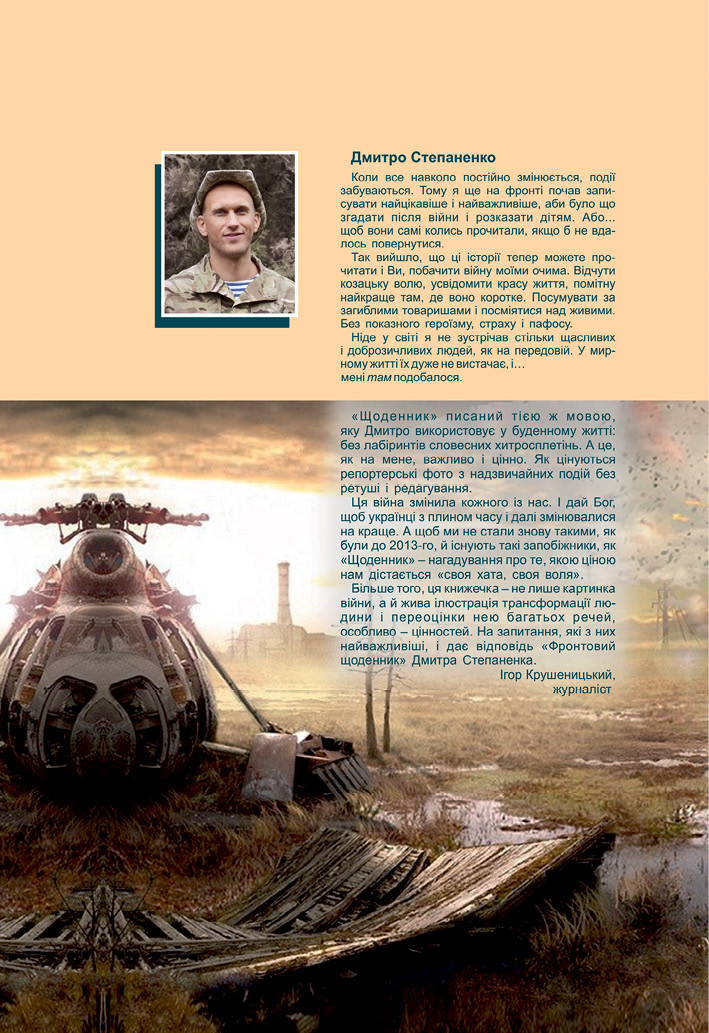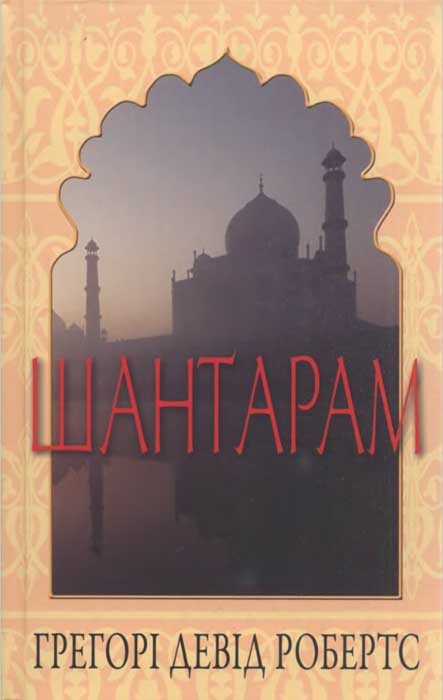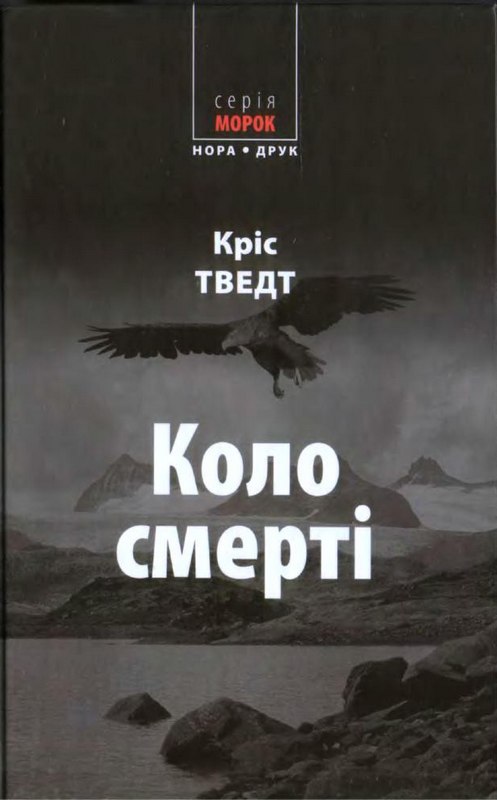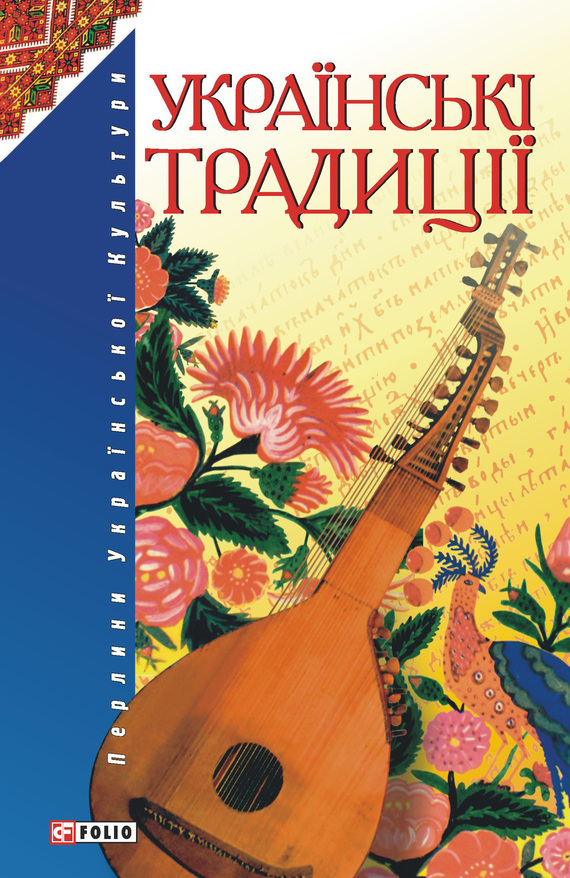Читати книгу - "Genghis Khan and the Making of the Modern World"
Шрифт:
Інтервал:
Добавити в закладку:
Only a few years after uniting China under his rule, Khubilai created the Academy for Calendrical Studies and a printing office to mass produce a variety of calendars and almanacs. If a ruler had the Mandate of Heaven to rule over his people, then he had to display an ability to mark time, to forecast the phases of the moon, the changing of seasons, and, possibly most important for public prestige and opinion, the timing of lunar and solar eclipses. The Mongol rulers, however, faced a much larger problem with their calendar. In a traditional empire with a single court and capital, a single official calendar sufficed, and it mattered little that other nations kept other calendars. In the multiheaded Mongol Empire, capitals were scattered across great distances, and it became important to coordinate them in order to manage the movement of the large armies and massive amounts of goods. East Asians utilized a twelve-year animal cycle, while Muslims used a moon calendar of progressive years beginning with the foundation of their religion. Persians marked the beginning of the year by the equinox of the sun. Some events were marked by the movement of planets, particularly Mars and Venus, or by the stars. Europeans used a solar calendar, except for religious celebrations such as Lent, Easter, and Epiphany that were calculated on the lunar calendar. Even the Christian sects disagreed on the timing of these events, with the result that despite constant adjustments, their calendars failed to coincide.
As the Mongol empire of conquest expanded into an even larger empire of commerce, it became increasingly important for the Mongols to have a smoothly functioning calendar that operated according to the same principles throughout the empire. With the need to coordinate activities and regulate social life in places with such varied ways of marking time, the Mongols, almost as soon as they conquered an area, created observatories to accurately measure the movement of planets and stars for both practical and religious reasons. They built one immediately near Tabriz, but China needed a series of observatories erected across the land because it was so large. Mongol authorities had specific instructions from the central government to seek out astronomers and astronomical instruments and charts in each newly conquered land. Hulegu sent many of the astronomers captured in the Persian and Arab cities back to his homeland in Mongolia. These included Jamal ad-Din, who was one of the most brilliant astronomers of the era; he brought with him the blueprints for major astronomical devices and new means of scientific measurement unknown in China.
On a scale that surpassed prior civilizations, the Mongols needed to process and record massive amounts of numerical information in the censuses of people, animals, and buildings. Each year they had to settle the accounts for all the goods sent back and forth, as well as for the movement of herds, soldiers, and merchants. The new forms of agriculture, the demands of astronomy, the system of censuses, and myriad other issues of administration taxed the numerical knowledge and ability of the era. They necessitated new approaches to the handling of numbers. To make the needed calculations quickly and efficiently, the clerks working for the Mongols relied on the abacus, which, with the movement of a few beads, allowed them to calculate large sums mechanically with less mental effort than making the calculations mentally or through writing.
Always fastidious about numerical information and with hundreds of millions of people across the vast Mongol Empire, the Mongols searched for simpler methods, shortcuts, and ways of calculating ever-larger quantities and processing them in ever more complex sequences. The larger numbers of calculations required new ways of preserving information through the compilation of complex charts and the coordination of the number systems used in different countries. Mongol administrators found both European and Chinese mathematics too simple and impractical, but they adopted many useful innovations from Arabic and Indian mathematics. The cities of the Khwarizm empire had been a particularly important center for mathematic scholarship; the word algorithm was derived from al Khwarizm. The Mongols transported knowledge of these innovations throughout their empire. They quickly discerned the advantages of utilizing columns of numbers or place numbers in the style of Arabic numerals, and they introduced the use of zero, negative numbers, and algebra in China.
Not just in numbers and calendars, but on many levels, life itself in various parts of the empire had to be coordinated in a way that prior history had not required. The writing of history proved too important to allow each civilization to proceed in its own manner and according to the conventions developed in their literary traditions. To control the way that they themselves were presented to their subjects, the Mongols had to make the local standards on writing history correlate and articulate with the Mongol story. Written history was much more than a means of recording information; it served as a tool to legitimize the ruling dynasty and spread propaganda about its great conquests and achievements. For the Mongols, written history also became an important tool in learning about other nations in order to conquer and rule them more effectively. Khubilai Khan established the National History Office in the 1260s. In keeping with Chinese practices, he commissioned the compilation of complete histories of the Jurched and Khitan kingdoms, as well as the Sung dynasty. The project was probably the most massive history project ever commissioned and took nearly eighty years, until the 1340s, to complete. In Mongol Persia, the Ilkhan Gazan commissioned the first history of the world from Rashid al-Din, a successor of Juvaini. Rashid al-Din orchestrated a massive undertaking that employed many different scholars and translators in order to create histories of the Chinese, Turks, and Franks, as the Mongols called the Europeans.
The volume of information produced in the Mongol Empire required new forms of dissemination. Scribes could
!Увага!
Сайт зберігає кукі вашого браузера. Ви зможете в будь-який момент зробити закладку та продовжити читання книги «Genghis Khan and the Making of the Modern World», після закриття браузера.
